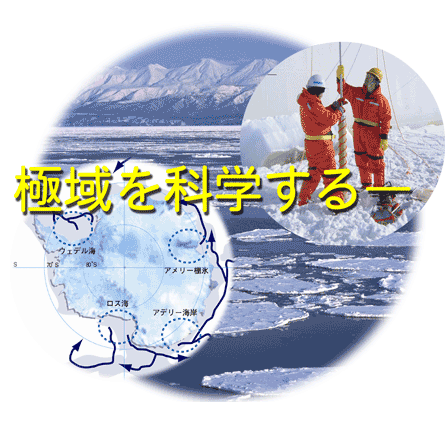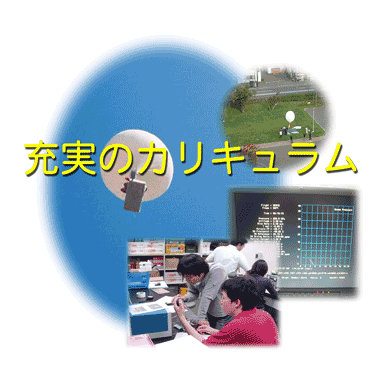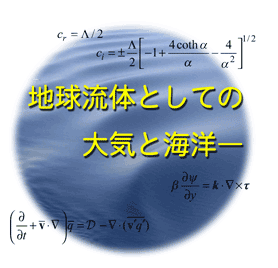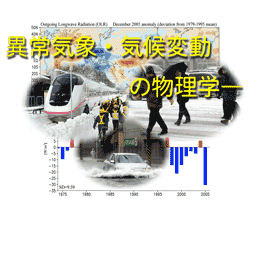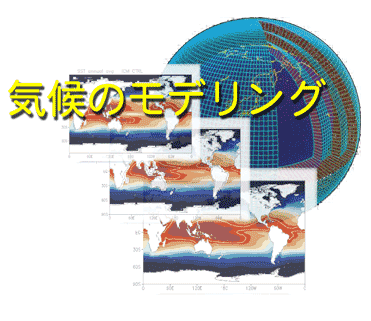Atmosphere-Ocean and Climate Dynamics Course Education System

|
(PDF 3.7MB 4 pages) |
Introduction
Characteristics of This Course
- We are recruiting students from all across Japan.
The Graduate School of Environmental Science is an independent graduate school without an undergraduate equivalent. The Atmosphere-Ocean and Climate Dynamics course utilizes the strengths of an independent graduate school and opens its doors to those who have not had the opportunity to study the meteorological and ocean physics aspects of earth science, particularly science students from all across Japan.
- Japan’s Largest Faculty
This course is taught by 18 professors from several fields including meteorology, physical oceanography, climate dynamics, atmosphere-ocean interaction, and atmosphere-ocean-sea ice interaction. This is the largest meteorology and oceanography department in Japan.
Professors belonging to theGraduate School of Environmental Science and Institute of Low Temperature Science carry out this course’s education in a unified manner. For details, please see the faculty page.
- Study Meteorology and Oceanography Simultaneously.
In traditional educational and research institutions, education and research on the atmosphere and oceans are conducted separately, meaning these academic circles are also separated. However, they share the same dynamical foundation (both involve flowing bodies above the surface of a rotating sphere), and research methods (theoretical techniques, data analysis methods, numerical computation methods). Moreover, we cannot divide the atmosphere and ocean when attempting to understand global phenomena. In this course, all professors work together to coordinate and deliver education as a whole.
- Multiple Methods and Multiple Research Objectives
We have 18 faculty members conducting various researches using various methods such as field observations, satellite observations, data analysis, computer simulations, and analytical theory. Thus it is possible to choose a research topic that suits wide range of students’ aptitudes and tastes, ranging from outdoor type to book lovers.
- A Thorough Curriculum That Starts With the Fundamentals
In keeping with the fact that many students enrolled in this course are from other fields, we assuming that students initially have only basic knowledge of physics and math, and introduce other parts through lectures and seminars. The curriculum flows from fundamental and introductory knowledge that are common and necessary for the whole program, to specialized topics. Once the basics are understood correctly, it is possible to think similarly about issues that look different at a glance. Although it is important to hold a deep understanding of and wealth of knowledge in a specific topic when conducting research, it is hoped that classes will enable students to hold near expert level conversations with other students and professors in this course on a wide range of topics. This ability for discussion is a requirement for interaction, and the act of finding connections between things that appear different at a glance is often tied to academic progress.
- Outdoor Training That Draws on Hokkaido’s Environment
While Hokkaido is located at a mid-latitude, it is in a rich environment suitable for field research practice given its four seasons and connection to the freezing Sea of Okhotsk. In this course, we perform meteorological observations using sonde, and ocean and sea ice observational fieldwork at locations including Oshoro and Saroma Lake. Through these experiences, we would like students to feel the joy of observational work and the excitement of analyzing the data they acquire.
- A Wealth of Computational Practice
This is an era where we employ computers to advance research irrespective of the particular method used. This course has an independent computer room where students learn various computational methods from how to use a Linux environment, programming and data analysis, to numerical computational methods. In addition, students can also conduct research with the use of a well-developed computer environment, employing devices ranging from their own personal computers, workstations for each research laboratory, and course-wide shared servers, to on-campus supercomputers, as required.
- This course continues the tradition of the education system of the physics portion of the Graduate School of Environmental Science’s atmosphere ocean environmental science major, which ran until 2004.


